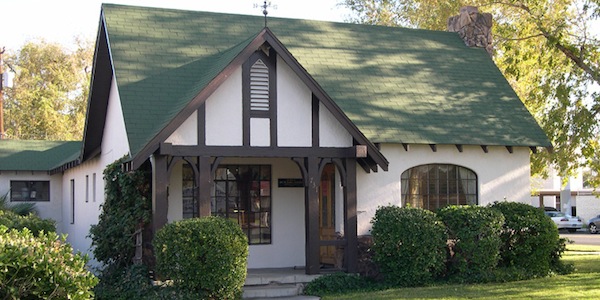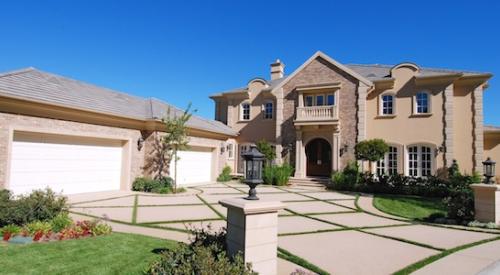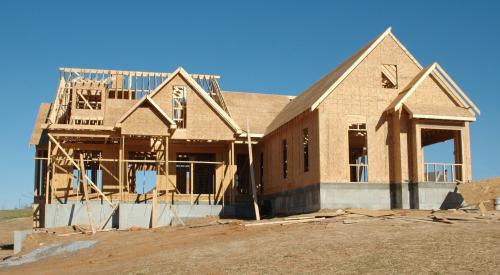The housing industry has recently seen several positive developments: Home prices have recovered from the recession levels of seven years ago, personal incomes are up, foreclosure inventories are nearly burned off, and both builder and consumer confidence are trending upward.
But not everything is rosy. In a presentation titled “2016 Economic and Housing Outlook,” during the International Builders’ Show in Las Vegas, Kevin C. Gillen, chief economist at Meyers Research, laid out the major issues facing the industry in 2016.
Gillen noted a decline in housing affordability; that the ratio of median house price to median income continues to rise, as does the ratio of median new-home price to median existing-home price; and that construction costs are high and are expected to increase further.
This has led to lower rates of homeownership (64 percent in August 2015, nearly an all-time low), and the perception that new homes are an “elite good,” as Gillen put it. First-time buyers largely cannot afford new houses, so they opt for existing homes instead. New houses are positioned more for move-up buyers.
Then there’s the Millennial demographic. Older members of the generation born between 1980 and 2004 are in a good position to buy houses. Owning is cheaper than renting in many markets, and employment—particularly in sectors such as health care—will continue to rise. Gillen said that 9.8 million new jobs are projected to be created between 2015 and 2025.
The aging population, namely people from the Silent Generation (born between 1928 and 1945) and the early portion of the Baby Boomer generation (born between 1946 and 1964), plays a role in housing, too. An increasing number of houses are being built with Universal Design principles in mind. And, as Gillen noted, with more Baby Boomer retirees forthcoming and with multigenerational housing expected to become more desirable, what will happen to the existing housing stock that the Boomers leave behind?
Gillen said that although 2016 will be better than 2015, it will only be a modest improvement. As most economic expansions last about six to eight years, the U.S. is now nearing the next contraction. Gillen advised builders to sell to the affluent if they still can, but if not, to take advantage of the changing demographics and educate Millennials about the benefits of homeownership.












